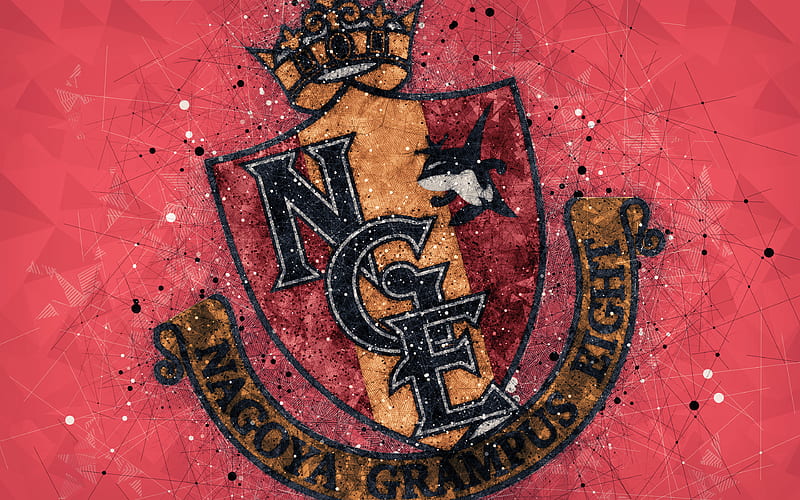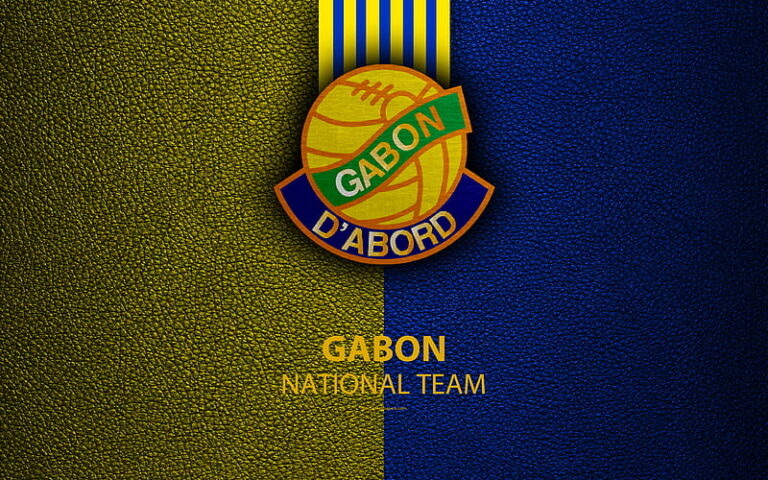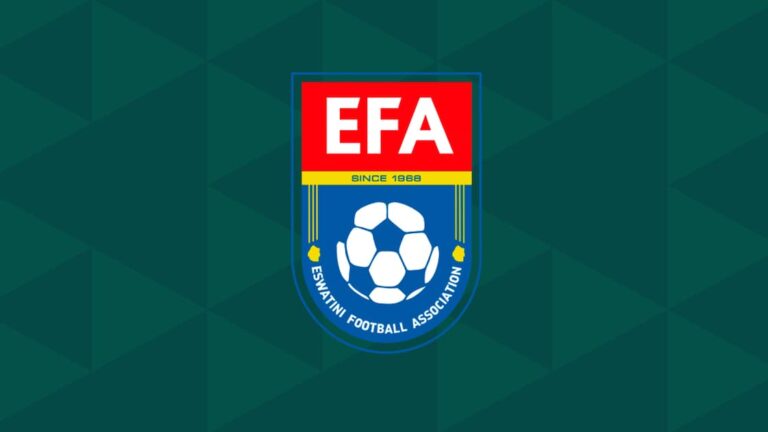
Nagoya Grampus Eight FC
Throughout its history, Nagoya Grampus Eight FC has been shaped by a succession of influential figures—coaches, players, and officials—who have steered it through moments of adversity and triumph. These individuals have not only contributed to better team performance but have also left indelible marks on the club’s identity.
Understanding these icons offers deeper insights into how Nagoya Grampus Eight FC evolved from a regional team into a top contender. The strategic decisions, leadership qualities, and playing philosophies of these figures reflect the club’s core values and aspirations. Their stories exemplify resilience, innovation, and dedication—traits that continue to inspire generations.
Some of the most revered personalities in the club’s history include legendary coaches like Dragan Stojković, whose tenure ignited a resurgence in team performance and brought about a more sophisticated tactical approach. Players like Dragan Stojković himself, along with other international stars, have elevated the club’s profile and demonstrated the Japanese football club’s ability to attract talent globally.
The Legacy of Nagoya Grampus Eight FC
Dragan Stojković’s impact on Nagoya Grampus Eight FC is nothing short of transformative. As both a player and coach, his vision and tactical acumen infused the team with new dynamism. Under his management, Nagoya achieved their first J-League title in 2010, a momentous achievement that cemented his legacy vuabet88.
Stojković’s coaching philosophy emphasized technical excellence, tactical discipline, and mental resilience, qualities that resonated with the club’s ethos. His leadership bridged generations, inspiring local players and international recruits alike to push their limits. The 2010 championship success highlighted the fruits of his dedication and strategic insight.
The influence of Stojković extended beyond the pitch. His charismatic personality fostered a sense of belief within the club and amongst fans. His tenure marked a turning point, inspiring Nagoya Grampus Eight FC to aim higher and rethink their approach to competitive success, setting new standards for Japanese football clubs at large.
Key Players Who Defined Different Eras
Throughout its history, Nagoya Grampus Eight FC has seen several players who left an indelible mark on its narrative. The contributions of these athletes showcased not just individual brilliance but also their role as catalysts for team unity during challenging times.
Players like Gary Lineker, who joined in the early 1990s, exemplified the club’s ambition to attract international stars, raising its profile globally. Their presence not only brought skill and flair but also served as inspiration for domestic players, encouraging a culture of excellence within the club.
More recent icons, such as Yuya Osako and Mu Kanazaki, have embodied modern professional standards, emphasizing athleticism and tactical intelligence. These players played vital roles during seasons of transition, helping Nagoya Grampus Eight FC maintain competitiveness and attain new heights in Japanese football. Their stories reflect the club’s commitment to nurturing talent and fostering a winning mentality.
Pivotal Matches and Historic Moments
Highlighting Nagoya Grampus Eight FC’s journey would be incomplete without acknowledging its most memorable matches. These pivotal moments are etched into the club’s collective memory and often symbolize its resilience and growth as a powerhouse.
One such defining match was the 1995 Emperor’s Cup final, where Nagoya established themselves as a formidable force nationally, igniting hope among supporters. Additionally, the historic 2010 league championship climax showcased the strategic brilliance of the team, led by Stojković, delivering a victory that forever cemented their top-tier status.
Other notable encounters include high-stakes derbies against rivals like Júbilo Iwata and Kawasaki Frontale, which tested the club’s resolve and showcased its competitive spirit. These matches not only provided thrilling moments but also reinforced Nagoya’s reputation as a passionate, crowd-driven team capable of rising to the occasion.
The emotional and tactical significance of these encounters reflects the club’s internal strength and unwavering fan support. Such moments serve as inspiration for future generations and highlight the enduring legacy that Nagoya Grampus Eight FC continues to build through perseverance and excellence.



